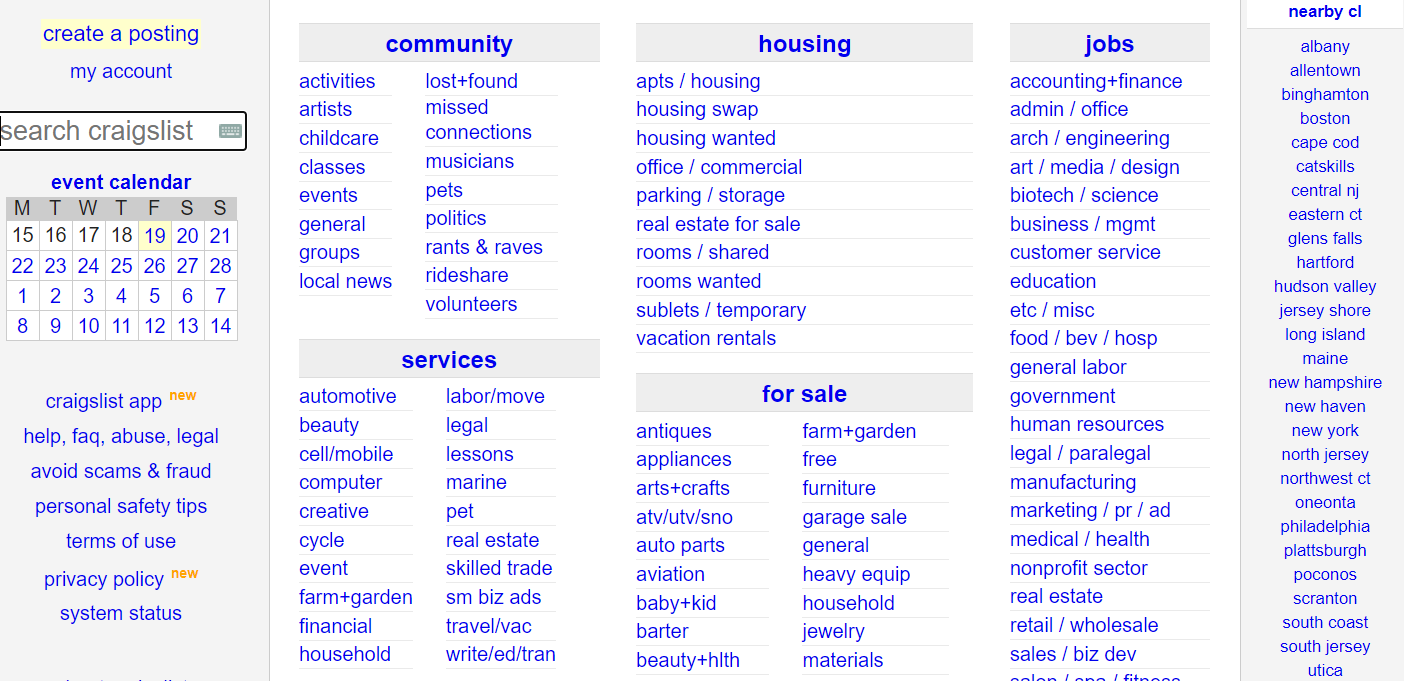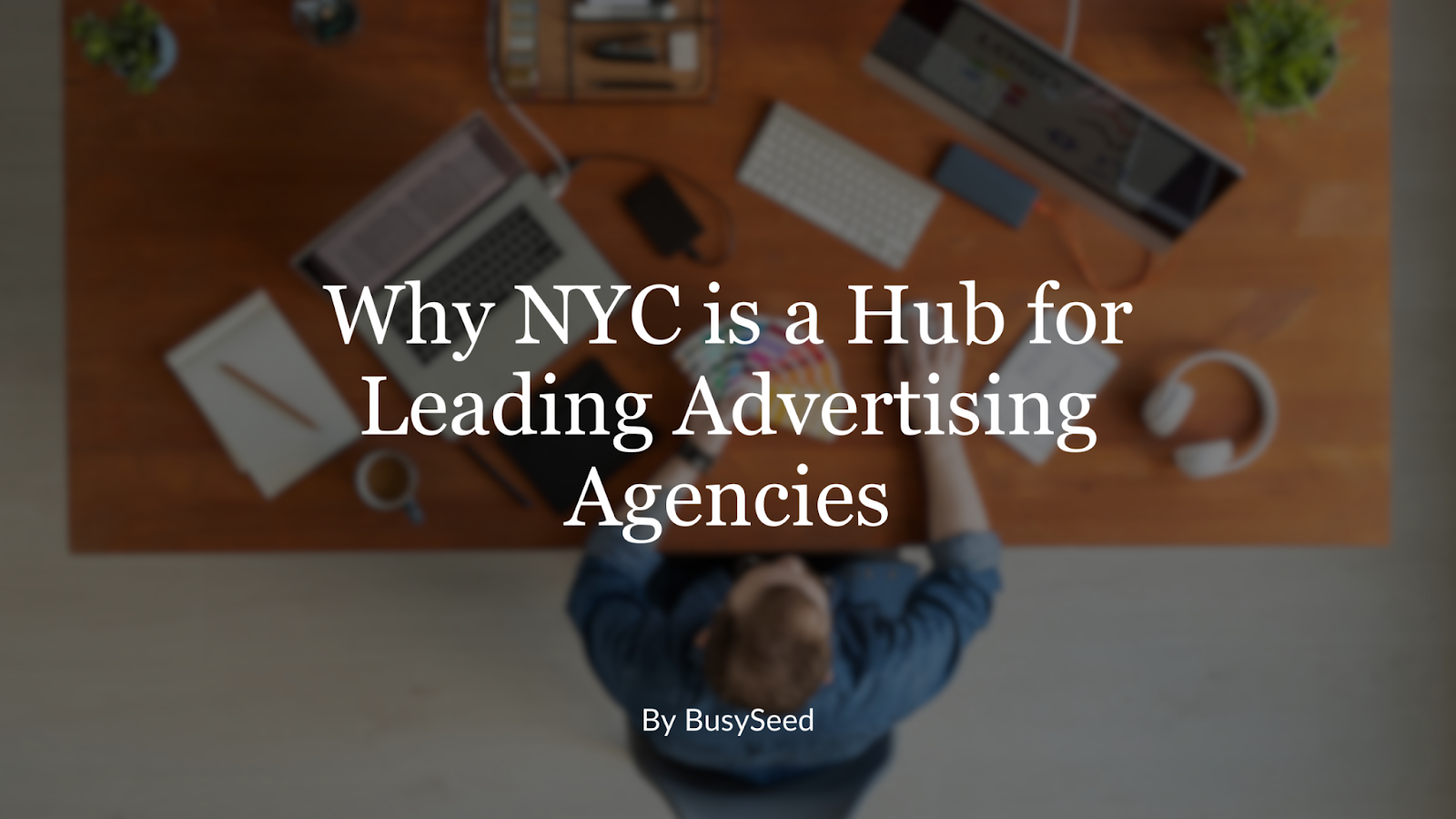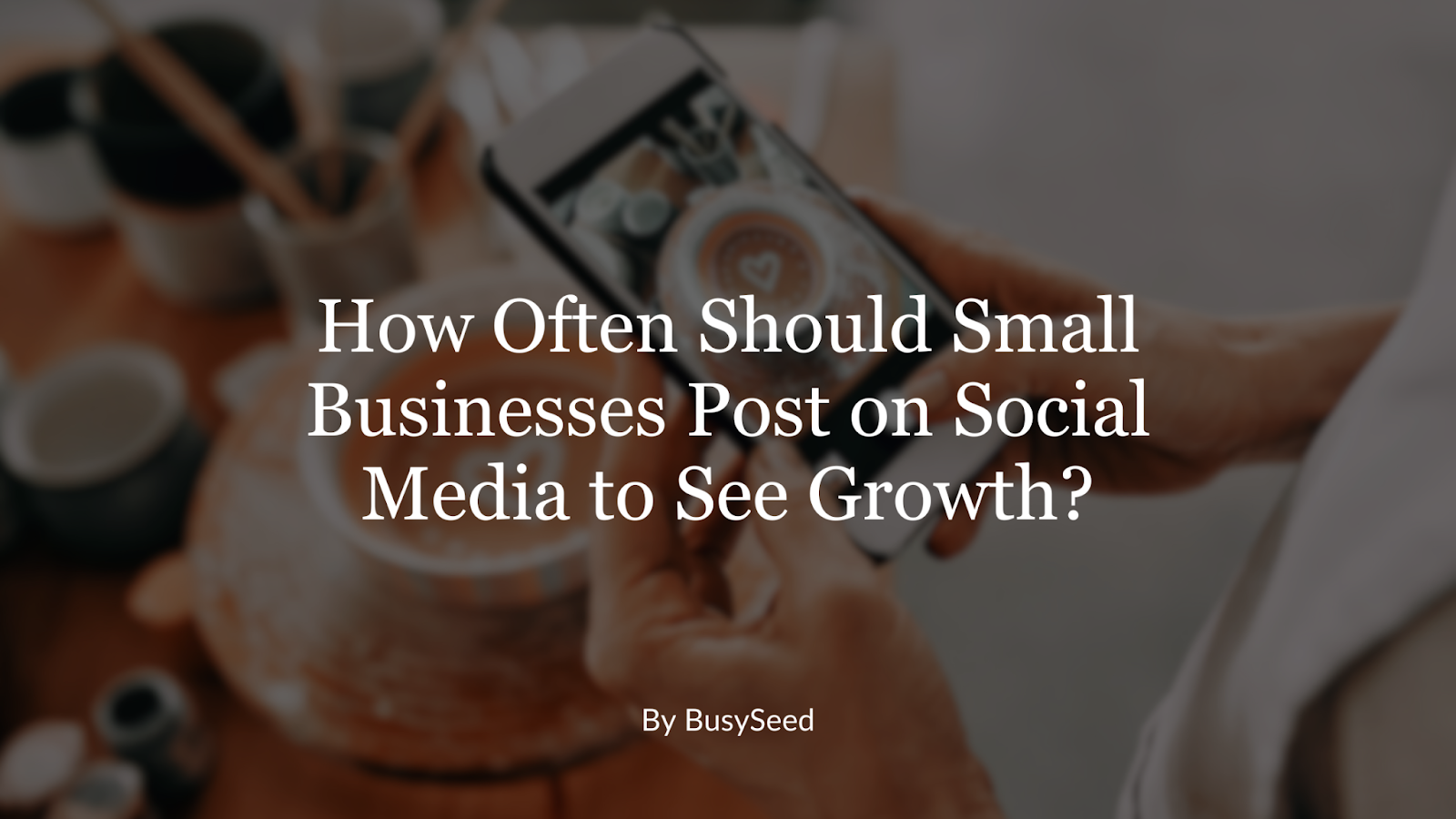5 Mistakes To Avoid When Designing a Website
When it comes to a digital presence, the most important thing for just about any business is a solid website. This is how people will be introduced to your brand, so you need to make a good impression. Far more customers than you would imagine choose to take their business elsewhere simply because the website doesn't meet their expectations. If you want to reduce your click-offs, avoid these five design flaws.

Ignoring Fundamental Design Principles
If you aren't aware of the design principles, you should absolutely do some research into them. The top digital marketing agencies will all be well-versed in the matter, but it's nice when the client understands them as well. When you are not designing a website for yourself, the design principles are a good way to know a) how knowledgeable the agency is, b) why certain design decisions were made, and c) if third parties without a bias would find them objectively appealing. The widely-accepted fundamental design principles include:
- Contrast: a difference between two or more elements in a composition. Color is hugely important in contrast because colors that are too similar or without enough contrast make it hard to read or identify visuals on a page.
- Emphasis: creating an area of the design that draws attention and creates a focal point. Size, color, shape, and position all affect the success of emphasis.
- Hierarchy: Using different weight and sizes to show which words or elements are most important. Hierarchy is important to help guide the eye. H1 > H2 > H3 > Body Text. The eye will naturally travel to the biggest text/image first, so make sure it's the most important.
- Repetition: Reusing of the same or similar elements throughout your design. Repetition creates a sense of unity and consistency in and across designs. You can show repetition within a single design, as well as between several to create a strong sense of brand.
- Movement: Movement is the principle of good design which gives the artist control over what the viewer sees next. Using this principle, the artist can create the path our eyes will travel by using shapes, colors, gradients, directions, focal points, and more.
- Space: When creating designs, it's important to give all elements adequate space to breathe. Negative space is the lack of content to keep the design open and uncluttered. All elements need appropriate padding to stay legible, and the space between elements should show those that go together versus those that are more unrelated.
- Balance: The way that elements are laid out in a design should be balanced. This makes the brand seem balanced and keeps the design pleasing to the eye. You can balance symmetrically or asymmetrically and it can be very obvious or more subtle.
To learn more about design principles, check out our past blog: Design Principles In Action.
Not Optimizing For Mobile Viewing
According to Oberlo, 55.56% of all web traffic is from mobile devices in 2021 thus far. That means that over half of the people visiting your website are doing so on their phones or tablets. When building a website, most digital marketing agencies or internal developers will use a computer. Your site might look great on a large screen, but if you're not optimizing its performance for mobile use, you're in trouble. The good news is that most website builder sites automatically do a bulk of the mobile optimization work for you. That being said, certain layouts will never look right on a phone so you should switch between devices throughout the development process. Videos, images, and infographics are especially important to take a look at because they become illegible at smaller scales. Make sure they can be zoomed in on or that they pop out to the full screen if necessary. Your mobile website should have a clear menu that makes navigation easier. Try to avoid putting too much information on each page to reel in the amount of scrolling someone needs to do. Consider adding anchor points that jump directly to important sections when in mobile view. The nicer your digital marketing agency can make your website look on a mobile device, the more traffic you'll get!
- Enable Google Accelerated Mobile Pages (AMP) markup
- Choose a Responsive Design Template
- Compress Images/Visuals
- Clean Up The Structure
- Test Usability Frequently Throughout the Process
Confusing Navigation
One of the most frustrating things on a website is poor navigation. Consumers should be able to follow from page to page seamlessly. Building out a smooth navigation system is essential for creating a website funnel. This funnel will guide users through your site from page to page, building their interest as they go. The longer a customer is in your website funnel, the more likely they are to convert (whatever that means for you). Even those pages that may not be considered essential parts of the website funnel should be treated as though they are. All buttons or CTAs should lead further into the funnel to a page with more relevant information about the topic from the last page. The header should be kept to around 6 main tabs with subtabs as needed. Not every page is important enough to get on the main header, but they should generally all be accessible via submenus. Prioritize your main tabs based on what you want consumers to see, what you think they want to see, and what you would look for if you stumble upon a website for the first time. A user-friendly design is absolutely key to break through the 15 second impression rule we mentioned earlier. If your menu or navigation tab has 20 pages, a customer will quickly decide that it's too much and will leave. A simple, clean, straightforward website design with simple navigation makes your site all the more appealing. Designing a Website 101: Keep it simple, stupid!
Too Much Text
As any top digital marketing agency will tell you, large chunks of text are never a good thing. Websites are certainly no exception to this rule. Think about your own personal experiences online; do you prefer to read page after page of information, or would you rather take it in through short text, bullet points, infographics, videos, and other visuals? With all the capabilities the internet has, there's really no reason to rely on text. You can create 100% user-friendly websites with interactive segments, scrolling facts and images, and more! Text does not catch the eye like other elements will. That's why it's so critical that the first view of your landing pages jump off the screen and get people's attention. If you do need a lot of text to explain something, make it pop up when prompted or opt for a dropdown. That way, the information is there if needed, but it doesn't sit on the screen and scare people away. The less text you can use the better. Ask the digital marketing agency designing the website to use icons or bulleted lists to replace written words. Ask them to have sections that scroll so that nothing is static and stale. Basically, think about the aspects of websites that you look for, and try to recreate them on your business's site. Of course, make sure the design is reflective of your brand and industry. Healthcare clients should be more modern and clean whereas a children's toy brand can be colorful with whimsical shapes. To make a long story short, if a picture says 1000 words, use more pictures!
Slow Loading Rates
Last but certainly not least, let's talk about loading time. Considering the fact that you have maybe 15 seconds to convince a consumer to stay on your site, you'll want to spend as little of that time loading the page. If a webpage takes more than a few seconds to load, people will click off and head elsewhere. It's up to you to make sure that your site can load quickly. Videos, files, documents, and images can all slow down the loading speed of your site. It's important to find visuals that are small enough to load rapidly, but also significant enough to be worth having on the webpage. For most website builders, you are given the option to upload visuals directly to the platform/site. These will almost always load faster than embedded visuals from third-party sites. So, whenever possible, upload content directly. Of course, networks have problems all the time so you can't avoid all loading issues, but you and your digital marketing team should do everything in your power to minimize load during development. Consumers want immediate gratification, so the faster your site pops up, the happier they'll be.
We hope this article has given you some new information about designing websites. Digital marketing agencies everywhere will offer to build you a site, but watch for these five common mistakes! If basic website design principles are ignored, you're not going to see traffic or leads through the website funnel as you'd hope to. Catch these mistakes early, or even in the agency's own site to avoid spending time and money on a project that won't be fruitful. If you've been looking to upgrade your website, contact the experts at BusySeed! Our team has build hundreds of websites over the years for clients across all industries. We can make sites as customized as you'd like so that you get the online presence of your dreams. Of course, we also handle your other digital marketing needs including digital ads, social media posting, lead generation, content creation, influencer management, and more! Talk to our team today at (888) 353-1484. We hope to hear from you soon! Be sure to read more about what makes a good website in our other blogs Get 100s of Leads With A Well-Designed Funnel On Your Website! and Website Design and How To Create an Effective Funnel.
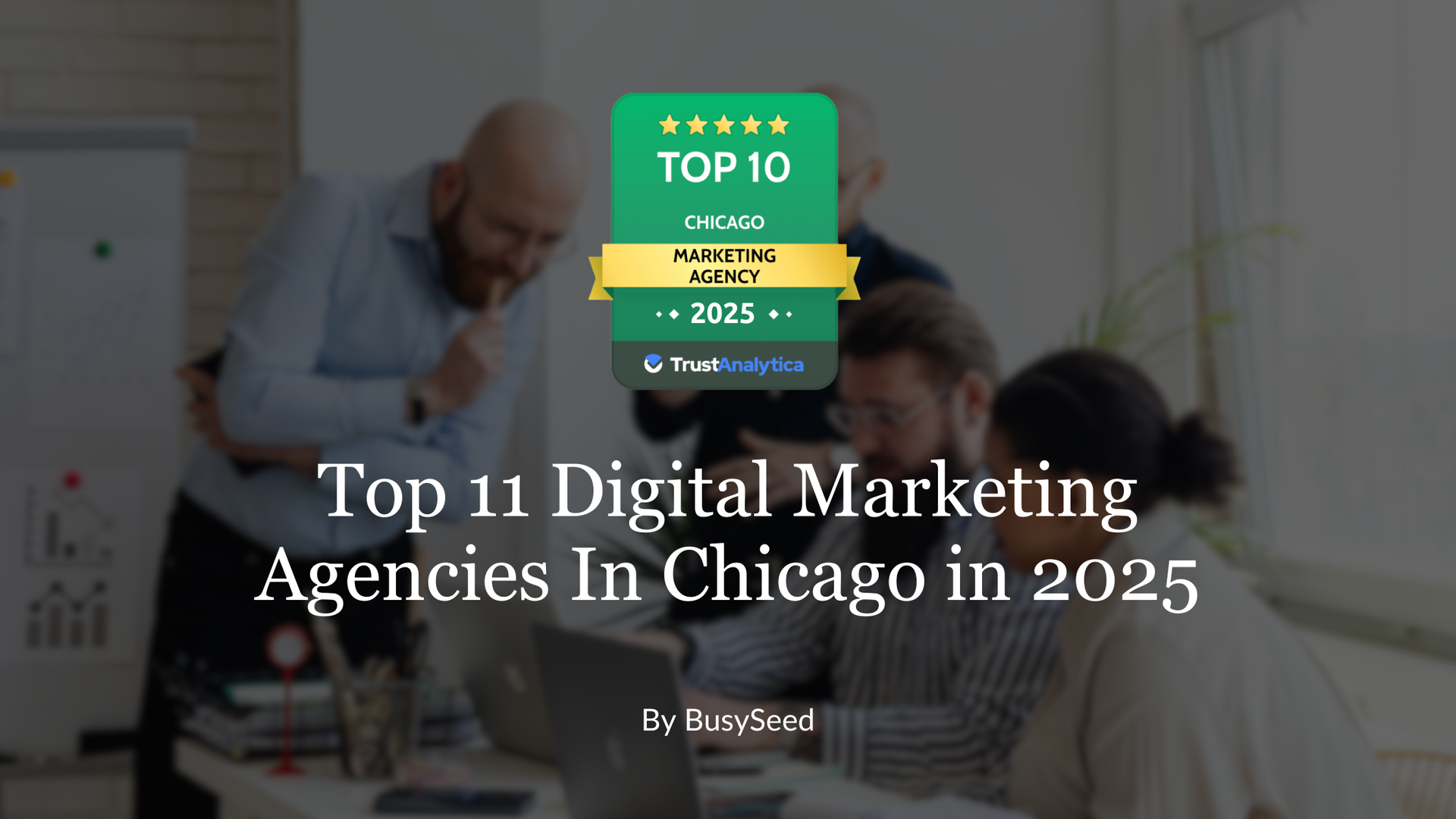
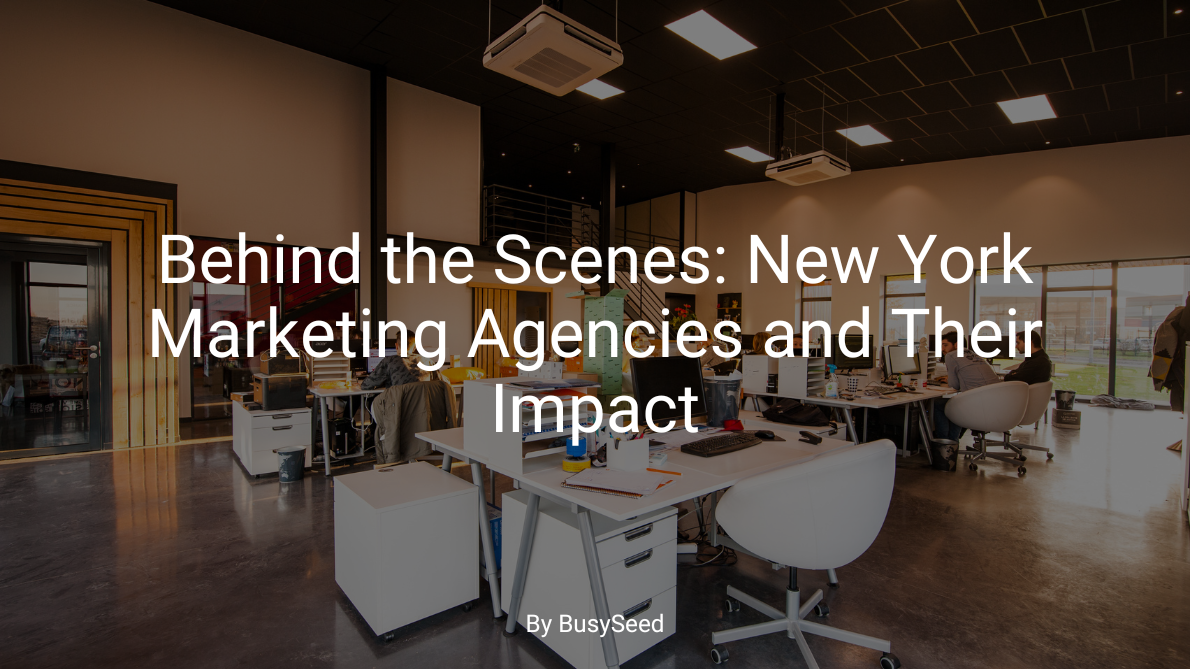

 Forms? Rethinking Your B2B Lead Capture in a Post-Form World"." onerror="handleImageLoadError(this)"/>
Forms? Rethinking Your B2B Lead Capture in a Post-Form World"." onerror="handleImageLoadError(this)"/>

